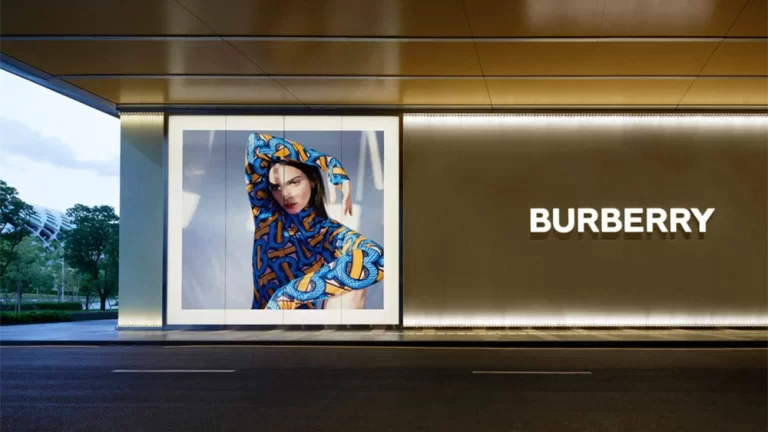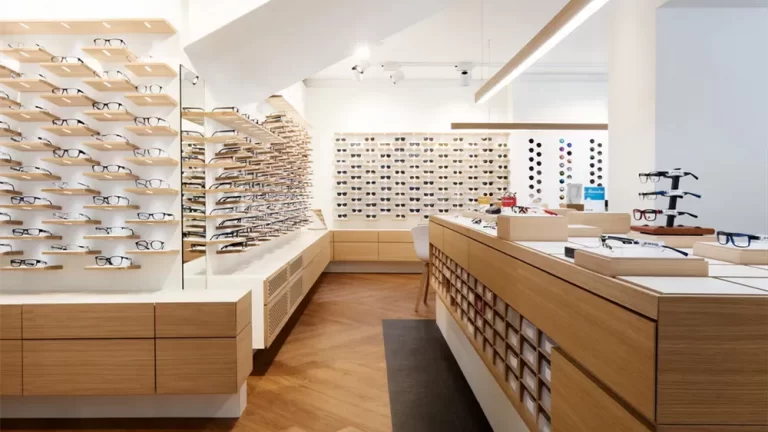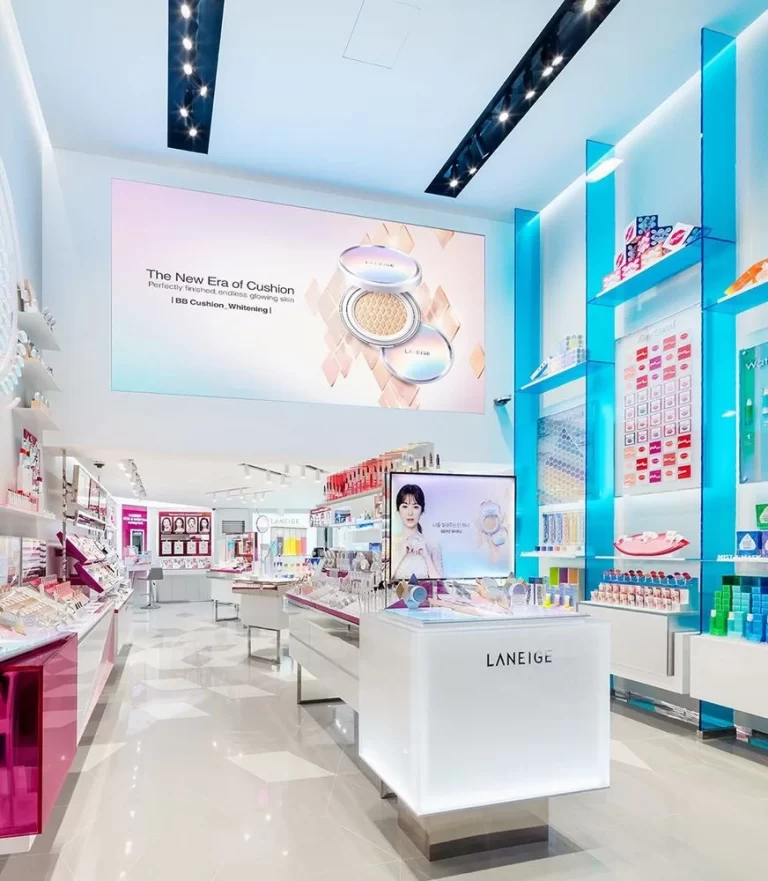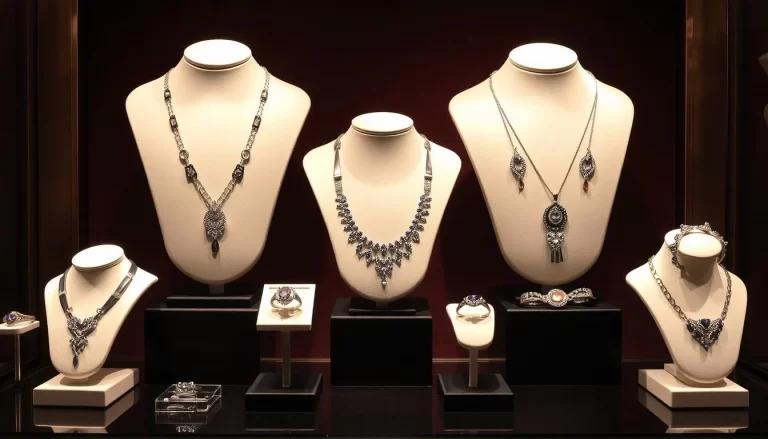How to Easily Display Sunglasses: A Retailer’s Guide to Maximizing Appeal
Displaying sunglasses isn’t just about organization—it’s an art form that combines aesthetics, functionality, and brand storytelling. For US retailers competing in a saturated market, a well-curated display can mean the difference between overlooked inventory and impulse purchases. This guide breaks down simple yet impactful strategies to showcase sunglasses effectively, with a focus on custom solutions that align with modern consumer expectations.
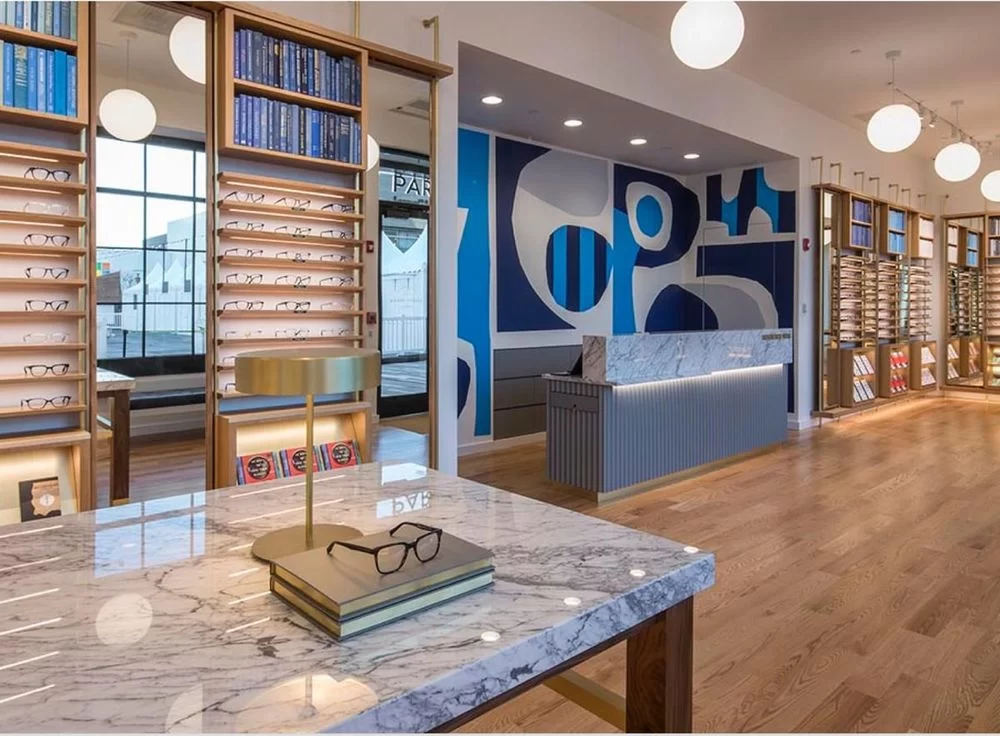
Key Principles for Eye-Catching Sunglasses Displays
1. Prioritize Visibility and Accessibility
Sunglasses thrive on impulse buys. Use these tactics to catch shoppers’ attention:
- Tiered Displays: Angle shelves upward to ensure all pairs are visible.
- Open Layouts: Avoid overcrowding; limit to 8-12 pairs per square foot.
- Eye-Level Placement: Position bestsellers at 48″-56″ height (average adult sightline).
Pro Tip: Brands like Tmore Display use mirrored backdrops to double visual impact in compact spaces.
2. Leverage Custom Sunglasses Display Solutions
https://www.popdisplaysuppliers.com/sunglasses-display-rack/
Modular designs adapt to seasonal collections and store themes.
Custom displays offer tailored advantages:
| Feature | Basic Displays | Custom Solutions |
|---|---|---|
| Brand Consistency | Generic shapes/colors | Logo-engraved stands |
| Space Efficiency | Static layouts | Stackable magnetic units |
| Durability | Plastic prone to yellowing | UV-resistant acrylic |
| Engagement | Passive viewing | Built-in QR code tech specs |
Data Source: 2024 NRF Visual Merchandising Report
3. Incorporate Smart Technology
Tech integration simplifies browsing while boosting perceived value:
- AR Virtual Try-Ons: Apps like Warby Parker’s Frame Finder increase conversion by 34%.
- NFC Tags: Tap to view care instructions or Instagram-style filters.
- Motion Sensors: Lights activate when customers approach.
5 Effortless Display Hacks for Different Retail Spaces
1. Small Boutiques: Go Vertical
Maximize limited square footage with:
- Wall-Mounted Magnetic Strips: Showcase 20+ pairs without floor space.
- Hanging Rotating Towers: Ideal for doorways or checkout counters.
- Floating Shelves: Use clear acrylic for a “hovering” illusion.
2. Pop-Up Shops: Portable Custom Displays
Temporary setups demand flexibility:
- Foldable Origami Stands: Sets up in 5 minutes, holds 30 pairs.
- Inflatable Displays: Eye-catching shapes like sunbursts or palm trees.
- Tabletop Carousels: Rotating units for farmers’ markets or festivals.
3. Luxury Stores: Minimalist Drama
High-end brands like Oliver Peoples opt for:
- Single-Pedestal Displays: Spotlight one iconic pair with spotlighting.
- Material Contrasts: Marble bases with velvet-lined trays.
- Interactive Glass Cases: Touchscreens explain craftsmanship details.
DIY vs. Professional Custom Displays
Cost and Benefit Comparison
| Factor | DIY Displays | Custom Professional Units |
|---|---|---|
| Initial Cost | 200 | 3,000 |
| Lifespan | 6-12 months | 5+ years |
| Brand Impact | Basic | High-end, memorable |
| Scalability | Limited to small batches | Bulk order discounts |
Note: 72% of US consumers associate display quality with product quality.
Frequently Asked Questions
Q: How do I protect sunglasses from theft in open displays?
A: Use secure magnetic clasps or attach demo frames with retractable cables. Offer real pairs for try-ons via staff assistance.
Q: Are custom displays worth the investment for seasonal shops?
A: Yes! Modular systems like SnapSell’s Pop-Up Pro can be reconfigured yearly, reducing long-term costs by 60%.
Q: What’s the ideal lighting temperature for sunglass displays?
A: 4000K neutral white LEDs mimic daylight without glare. Avoid warm tones that distort lens colors.
Conclusion: Turn Browsers into Buyers with Strategic Displays
Displaying sunglasses effortlessly hinges on three pillars: visibility, interactivity, and brand alignment. Custom solutions—whether wall-mounted magnetic strips or AR-enabled kiosks—empower US retailers to create immersive experiences that resonate with eco-conscious, tech-savvy shoppers. As retail expert Lisa Walters notes: “Your display is a silent salesperson. Make sure it’s telling your story.”

